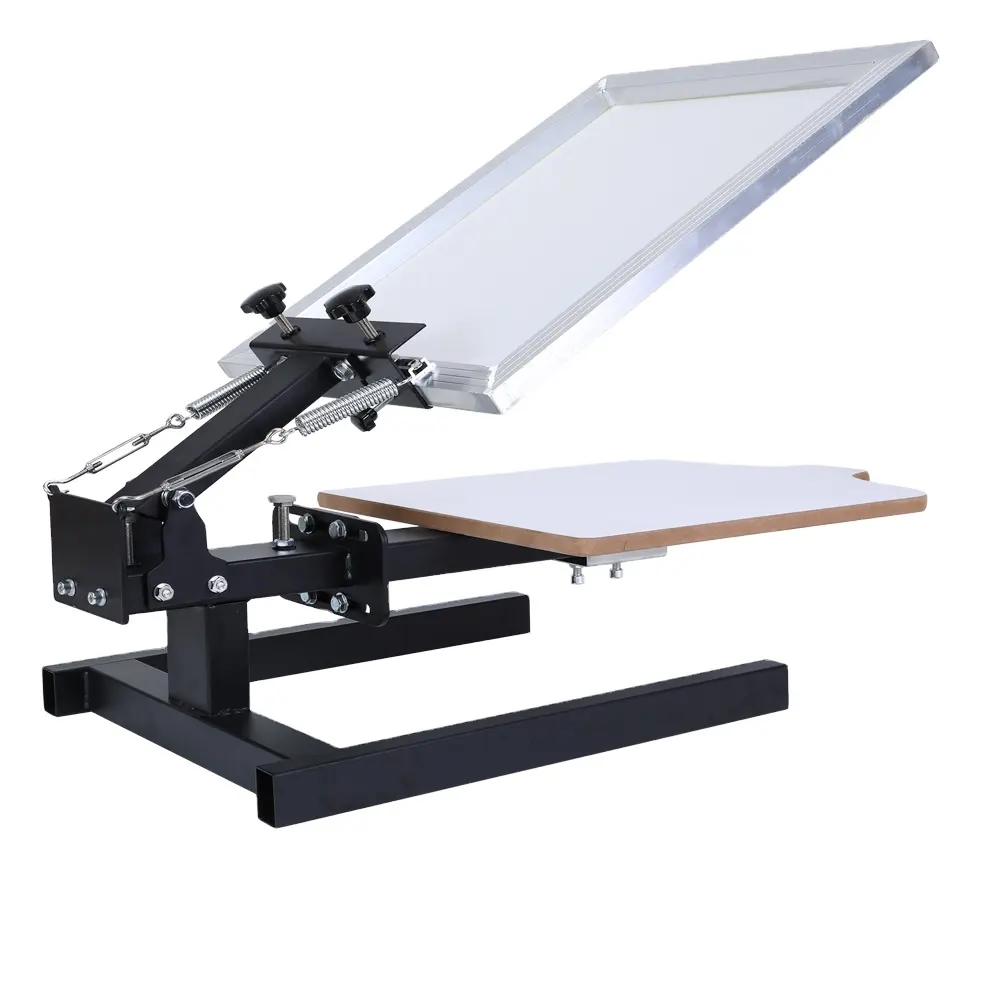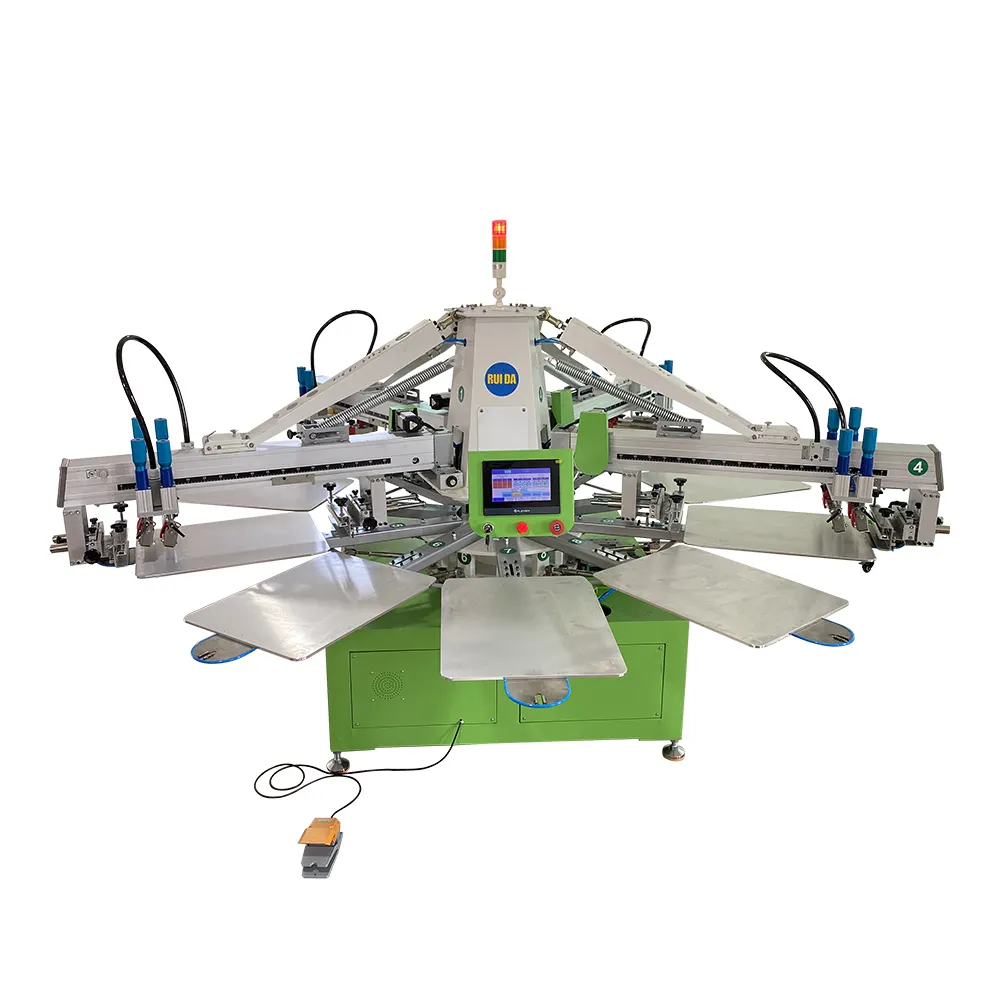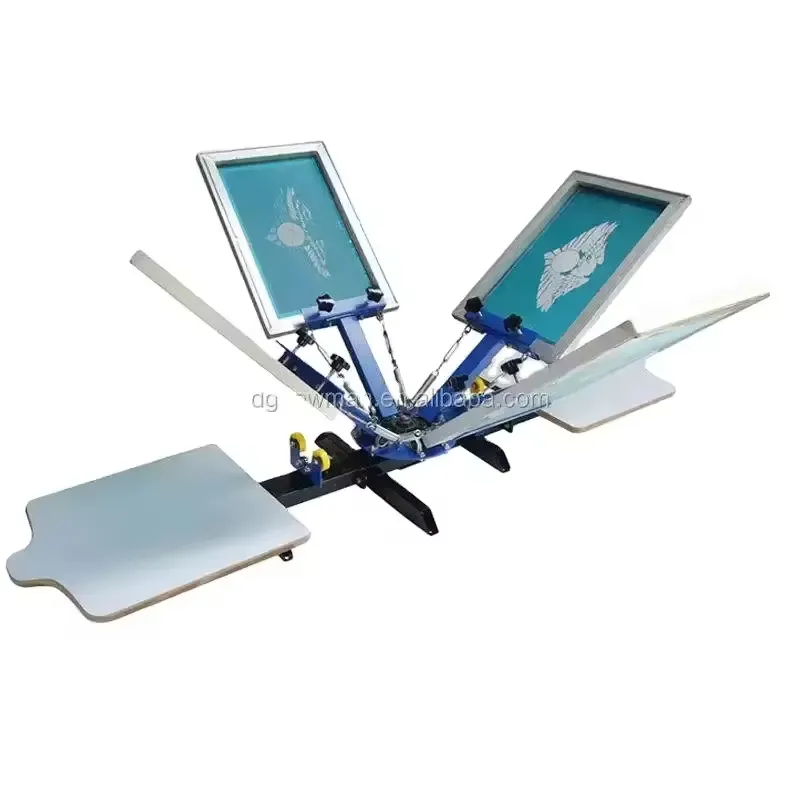manual screen printing press
A manual screen printing press is a fundamental piece of equipment in the printing industry, designed to transfer ink onto various surfaces through a mesh screen. This versatile device consists of a sturdy frame that holds one or multiple screens in precise alignment, allowing for accurate image reproduction. The press features adjustable clamps that secure the screen in place, while a platen or printing bed holds the substrate material. The process begins with the operator loading the material onto the platen and lowering the screen into position. Using a squeegee, ink is pushed through the mesh screen's open areas onto the substrate below, creating the desired image. Manual screen printing presses come in various configurations, from single-color tabletop models to multi-color carousel styles that can accommodate multiple screens for complex designs. These presses are equipped with micro-registration systems for precise color alignment and off-contact adjustment mechanisms to ensure optimal print quality. The technology is widely used in textile printing, promotional products, signage, and artistic applications, offering exceptional versatility in terms of printable materials and ink types.


